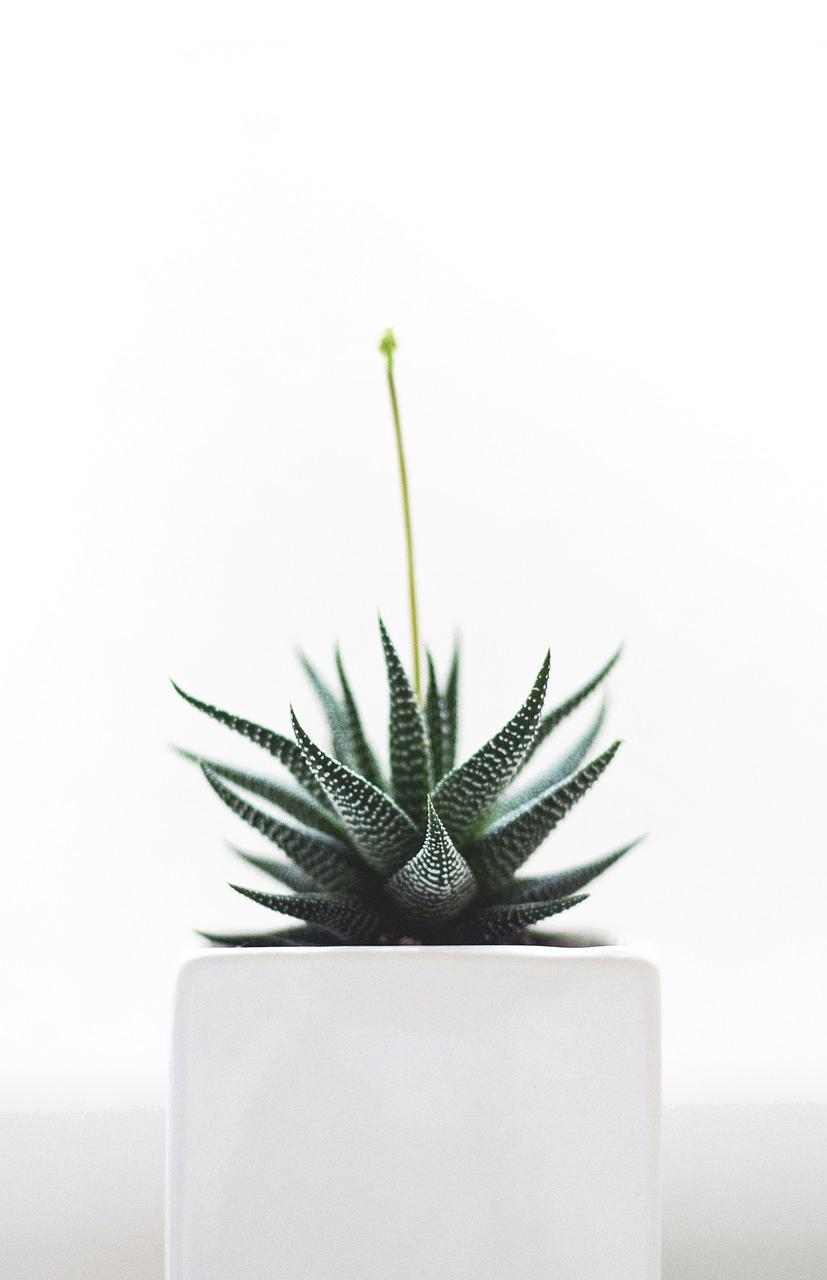Have you recently welcomed a cactus into your indoor space and want to ensure it thrives in its new environment? Caring for cactus house plants involves several key steps that are crucial for their health and growth.
1. Adequate Light Exposure
One of the most important aspects of caring for indoor cacti is providing them with sufficient light. Place your cactus in a location where it can receive plenty of bright, indirect sunlight. It is crucial to mimic their natural habitat, so consider a south or east-facing window for optimal lighting conditions.
2. Maintaining the Right Temperature
Another vital factor in caring for cactus plants indoors is maintaining a warm environment. Most cacti thrive in temperatures between 70-90 degrees Fahrenheit during the day and around 50-60 degrees Fahrenheit at night. Avoid placing your cactus near drafty windows or heating vents.
3. Choosing the Right Pot and Soil
Selecting the appropriate pot and soil for your indoor cactus is essential for its well-being. Opt for a pot with drainage holes to prevent waterlogging, and use a well-draining potting mix specifically designed for cacti and succulents. This type of soil will help prevent root rot and ensure proper aeration.
4. Watering Sparingly
When it comes to watering your indoor cactus, less is more. Cacti are adapted to arid environments and store water in their tissues, meaning they require infrequent watering. Allow the soil to dry out completely between waterings to prevent overwatering, which can lead to root rot.
5. Monitoring Humidity Levels
While cacti thrive in dry conditions, it is essential to keep an eye on the humidity levels in your home. Avoid placing your cactus near humidifiers or in rooms with high moisture levels, as this can promote fungal growth and disease in your plant.
6. Fertilizing Sparingly
When it comes to fertilizing indoor cacti, less is more. Use a balanced cactus fertilizer diluted to half strength during the growing season, typically from spring to fall. Fertilize sparingly to avoid nutrient buildup in the soil, which can harm your cactus.
7. Pruning and Grooming
Regular pruning and grooming can help keep your indoor cactus healthy and looking its best. Remove any dead, damaged, or yellowing growth with sterile pruning shears to encourage new growth and maintain the plant’s shape.
8. Repotting When Necessary
As your indoor cactus grows, it may outgrow its current pot and require repotting. Monitor the roots of your cactus for overcrowding or protruding from the drainage holes, signaling the need for a larger container. Repot your cactus in the spring to promote healthy growth.
9. Protecting Your Cactus from Pests
Keep an eye out for common pests such as mealybugs, spider mites, and scale insects that can infest indoor cacti. Inspect your plant regularly for signs of pest infestations, such as webbing, white cottony clusters, or sticky residues, and treat them promptly with neem oil or insecticidal soap.
10. Rotating Your Cactus
To promote even growth and prevent your indoor cactus from leaning towards the light source, rotate it regularly. Turning your cactus every few weeks will ensure all sides receive adequate sunlight and prevent the plant from becoming lopsided.
11. Providing Adequate Air Circulation
Good air circulation is essential for the health of your indoor cactus. Ensure proper ventilation in the room where your cactus is located to prevent stagnant air, which can create a breeding ground for pests and diseases. Open windows or use a fan to improve air circulation.

12. Observing and Responding to Your Cactus’s Needs
Lastly, the key to successfully caring for your indoor cactus is observing and responding to its individual needs. Monitor your plant regularly for any signs of stress, such as yellowing or wilting, and adjust your care routine accordingly. By being attentive and responsive, you can help your cactus thrive in its indoor environment.
